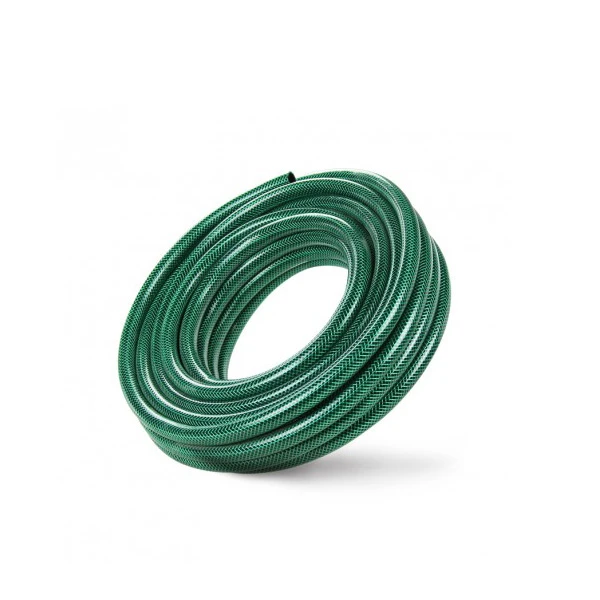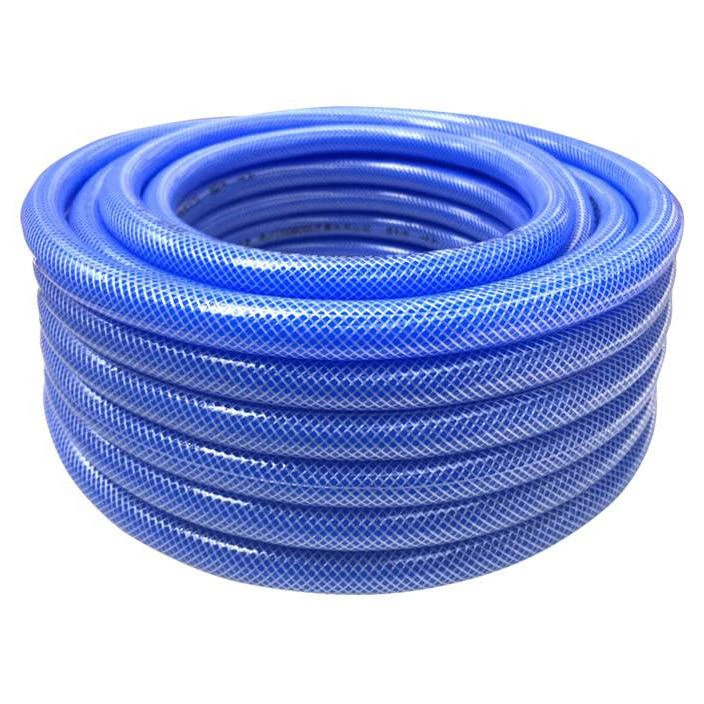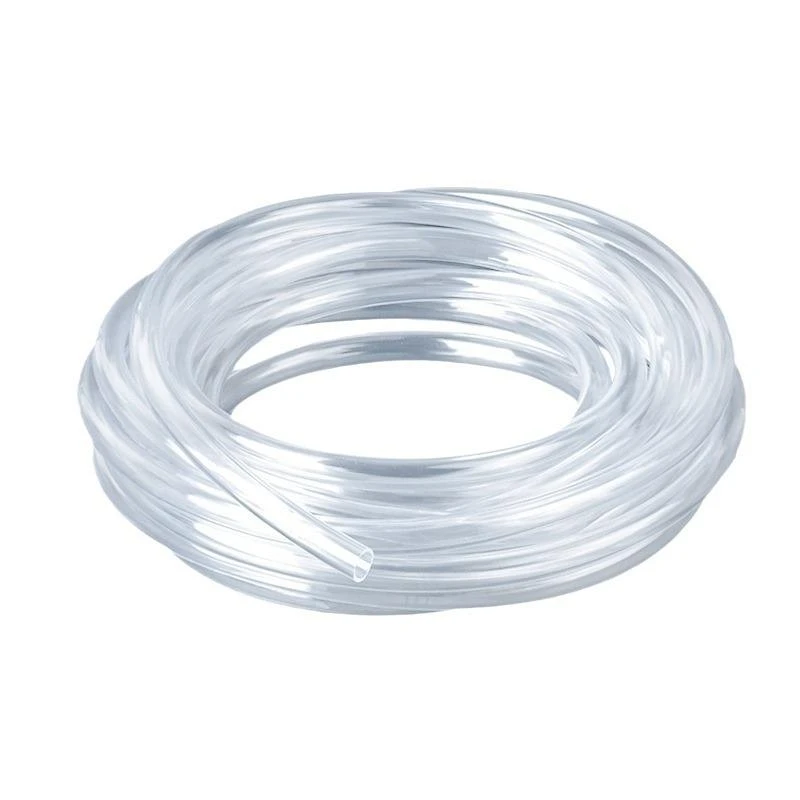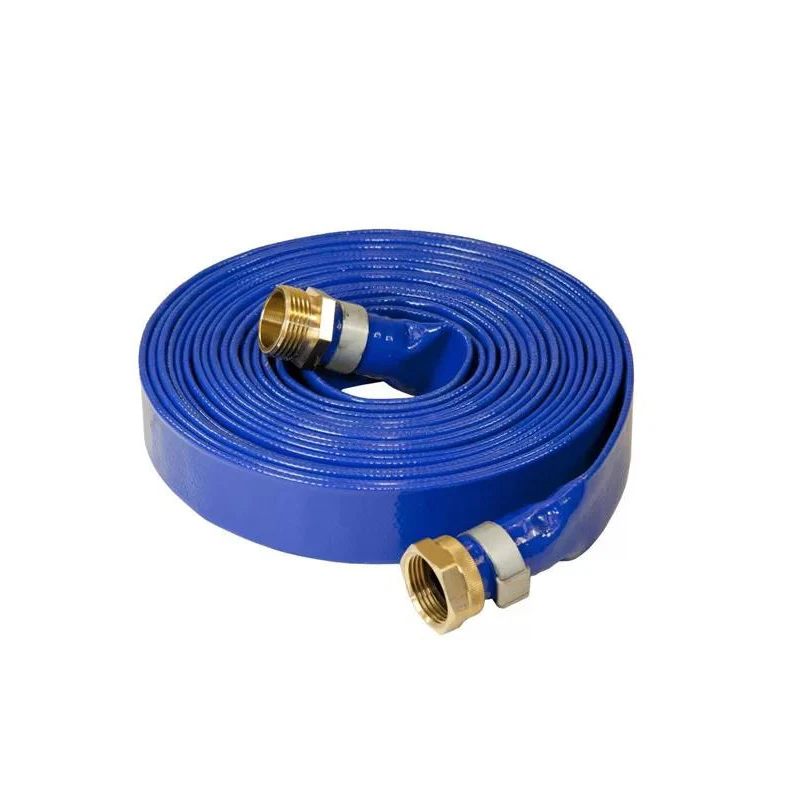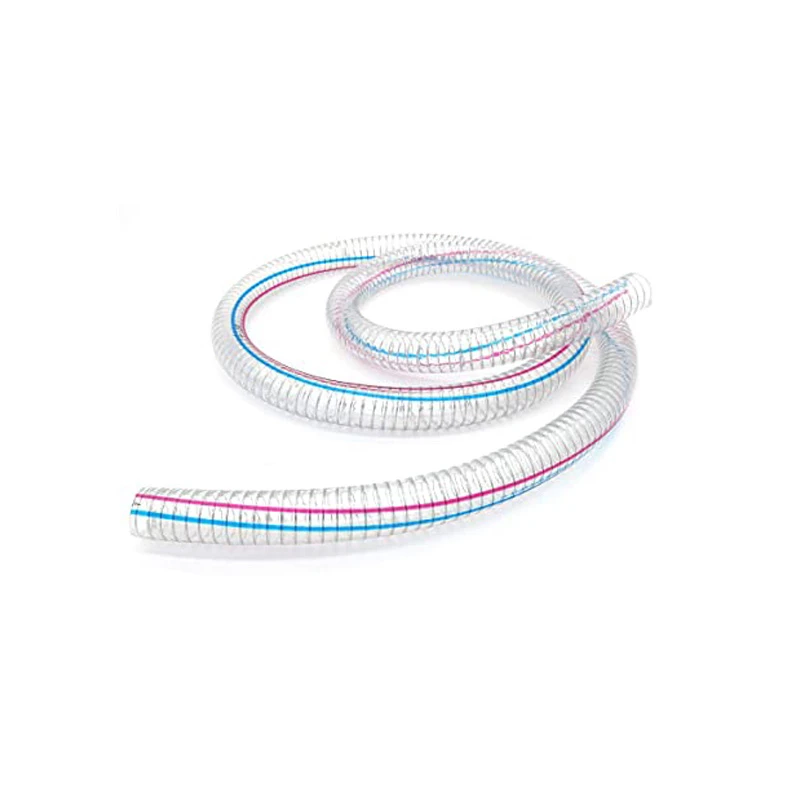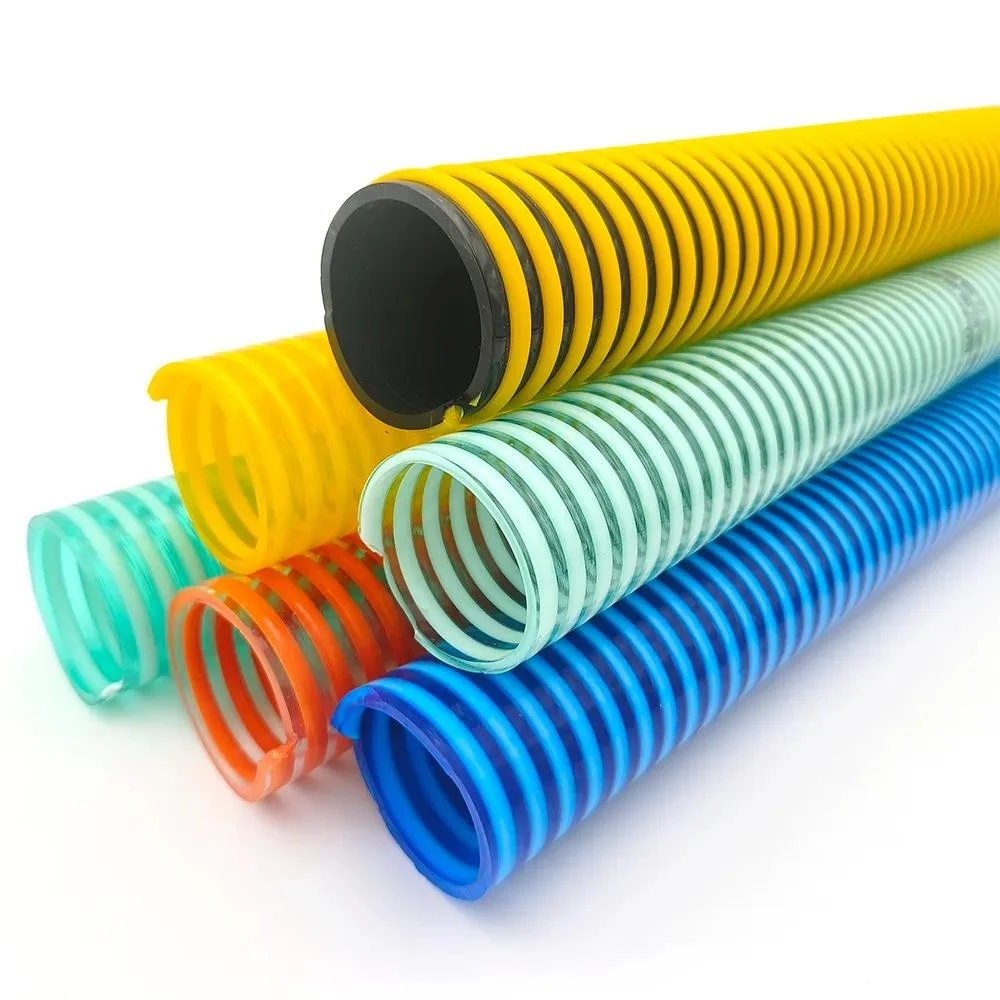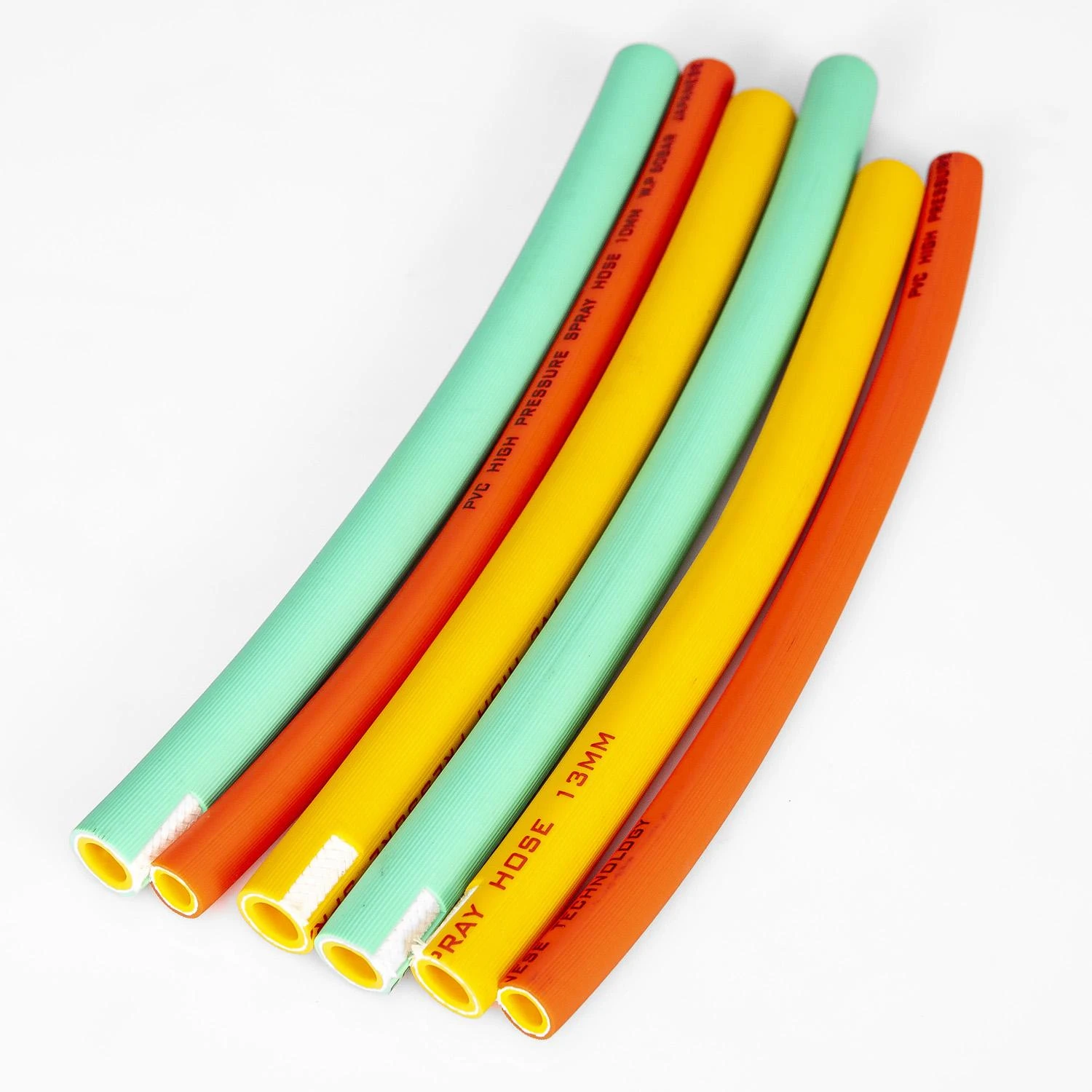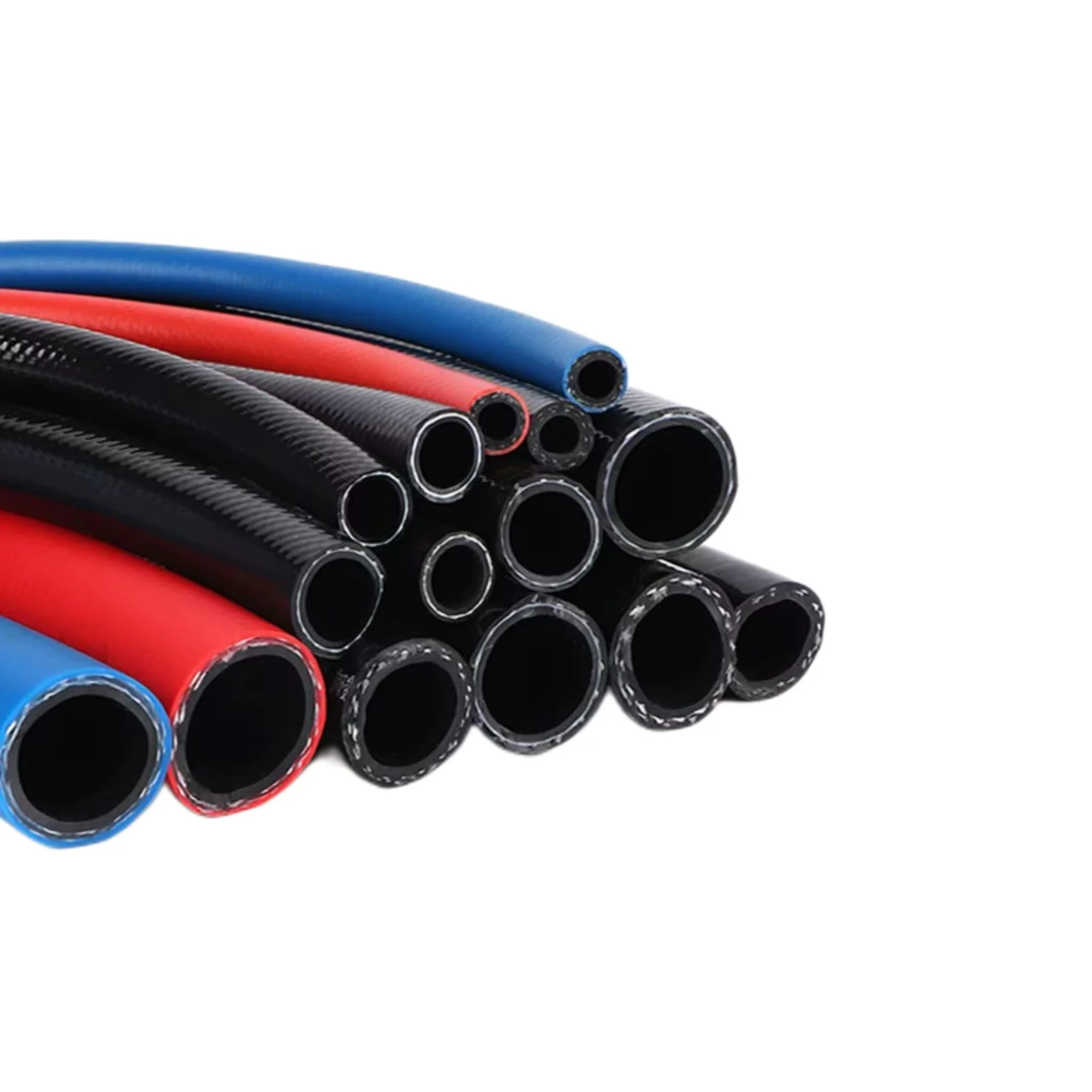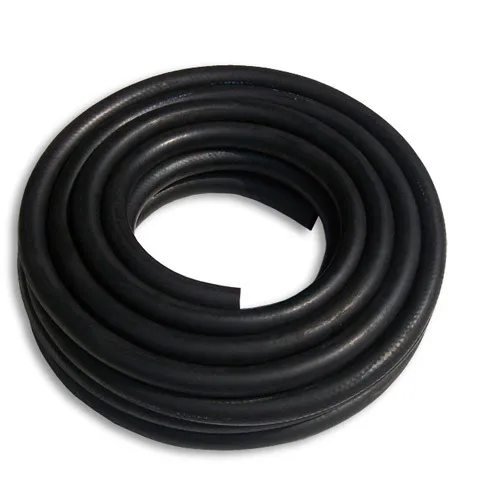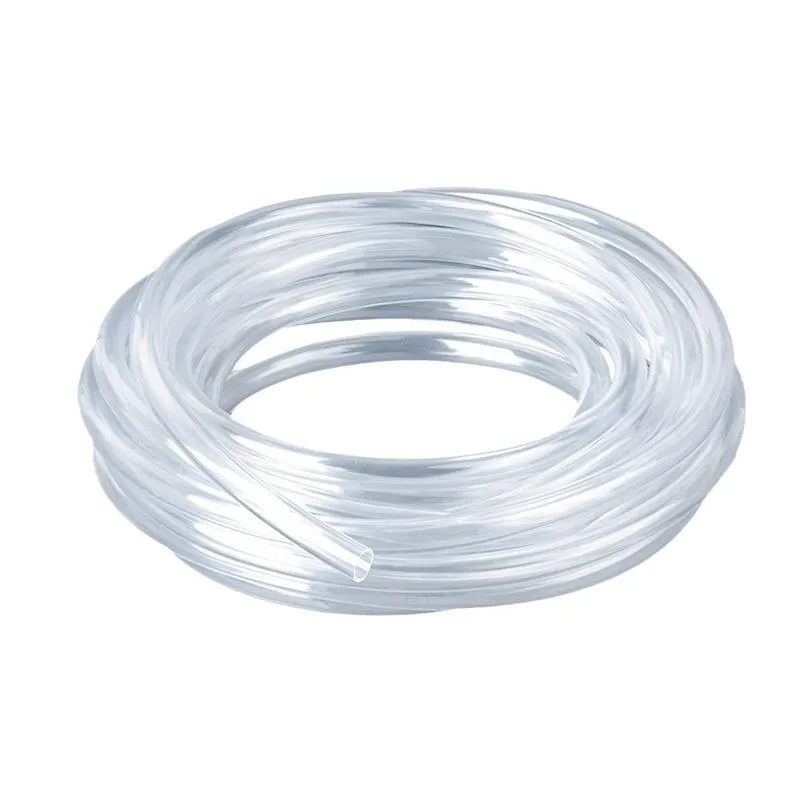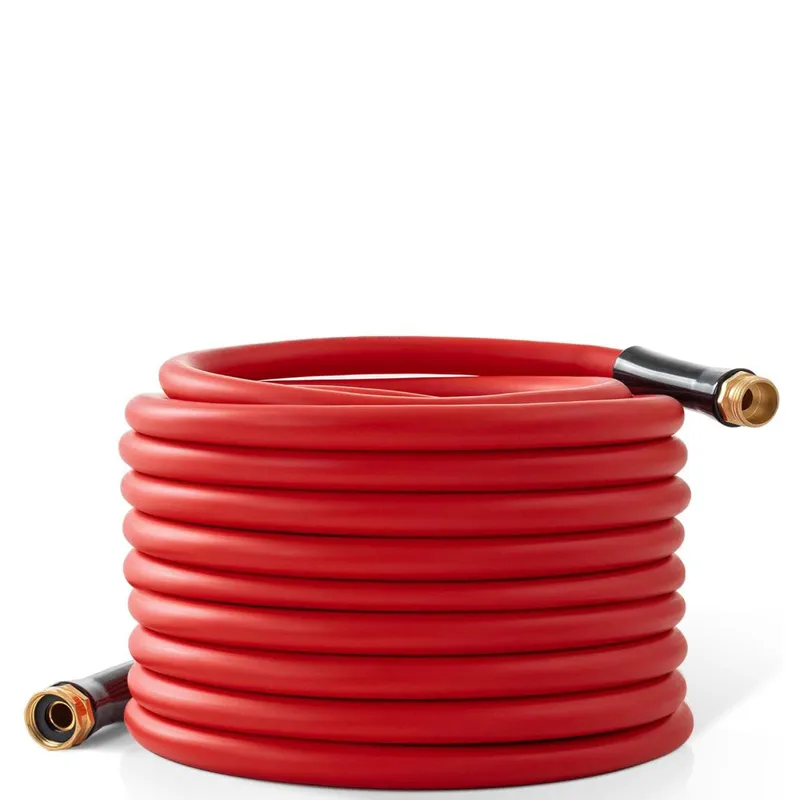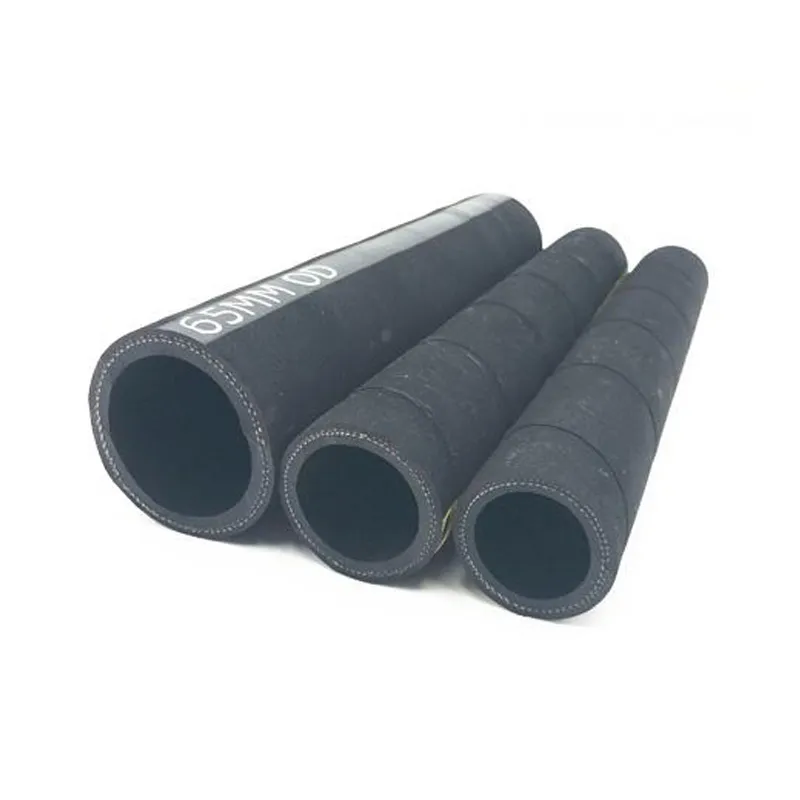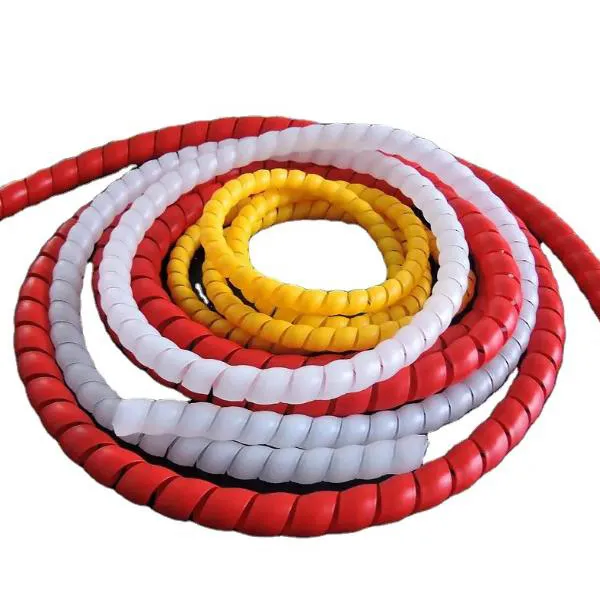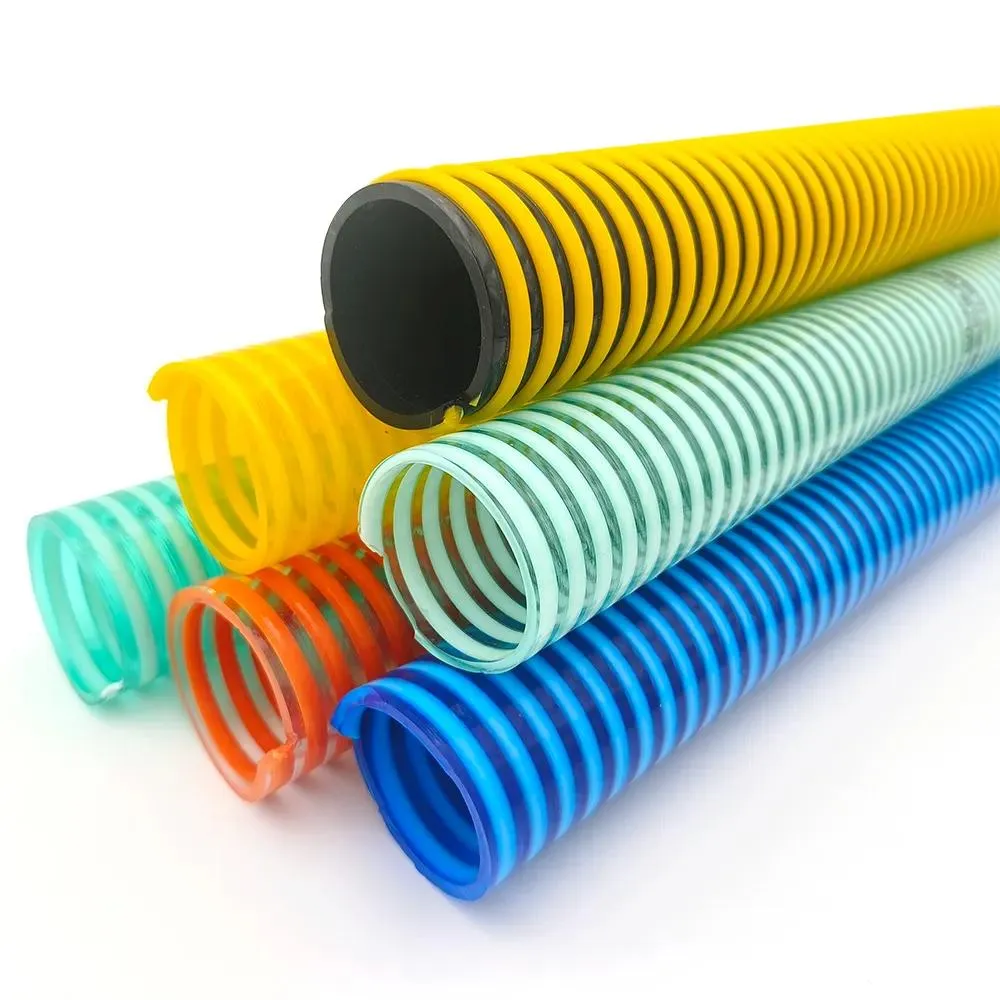Power Your Flow with Premium Hose Solutions
Our PVC, Industrial, Hydraulic, Silicone, and PU Hoses – paired with high-performance Hose Fittings – are engineered to withstand the toughest conditions while ensuring leak-proof reliability. Whether you're in manufacturing, construction or heavy machinery, we provide the perfect balance of flexibility, strength, and chemical resistance.
-
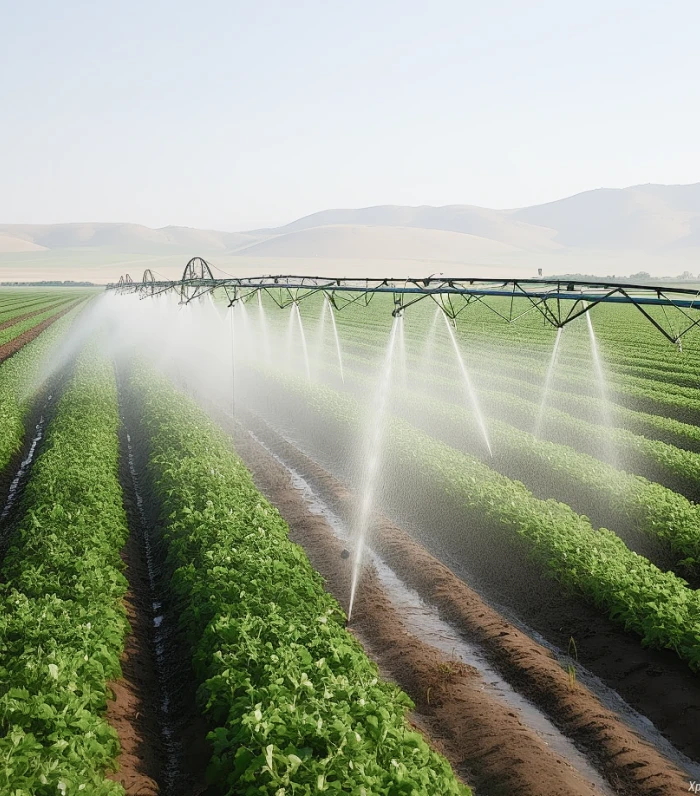 PVC Hose Used For Agricultural Irrigation
PVC Hose Used For Agricultural IrrigationPVC Hose Used For Agricultural Irrigation
In modern agriculture, efficient water management is essential for improving crop yield and ensuring sustainable farming practices. One of the most widely used tools in agricultural irrigation systems is the PVC hose. Made from polyvinyl chloride, PVC hoses are lightweight, flexible, durable, and cost-effective, making them ideal for various irrigation applications. PVC hoses play a crucial role in distributing water from the source to the fields. Their flexibility allows them to be easily routed through uneven terrain, which is common in rural farmlands. Additionally, PVC hoses are resistant to corrosion, chemicals, and UV radiation, making them suitable for prolonged outdoor use under varying weather conditions. In drip irrigation systems, PVC hoses serve as the main water conduit, delivering water directly to the base of each plant. This method minimizes water wastage and helps maintain soil moisture at optimal levels, promoting healthier root growth and reducing weed development. With proper fittings and pressure regulation, PVC hoses can evenly distribute water across large farming areas, significantly improving irrigation efficiency. In sprinkler irrigation systems, PVC hoses are connected to mobile or fixed sprinklers to provide overhead watering. Their ability to withstand moderate pressure makes them suitable for delivering water over long distances without significant leakage or pressure drops. Moreover, the hoses are often reinforced with fiber or spiral wire to increase their strength and durability in high-demand environments. PVC suction hoses are also used for drawing water from wells, rivers, or storage tanks. Their rigid yet flexible design allows them to handle vacuum pressure and maintain structural integrity even during heavy-duty operations. This is particularly important in remote areas where consistent water supply systems may not be available. Farmers also appreciate PVC hoses for their ease of installation and maintenance. They can be quickly connected or disconnected using simple fittings and clamps, allowing for flexible reconfiguration of the irrigation layout depending on seasonal planting changes or crop rotations. Their smooth internal surface reduces friction losses and prevents blockages, ensuring consistent water flow. Environmental and economic considerations also make PVC hoses a popular choice. Compared to traditional metal or rubber alternatives, PVC hoses are more affordable and recyclable. Their long service life reduces the frequency of replacements, lowering overall maintenance costs. In conclusion, PVC hoses are an integral component of modern agricultural irrigation systems. Their versatility, reliability, and cost-effectiveness make them indispensable tools for farmers seeking to optimize water usage, improve crop quality, and ensure sustainable agricultural practices. As technology continues to evolve, PVC hoses are likely to play an even greater role in advancing smart irrigation and precision farming methods. -
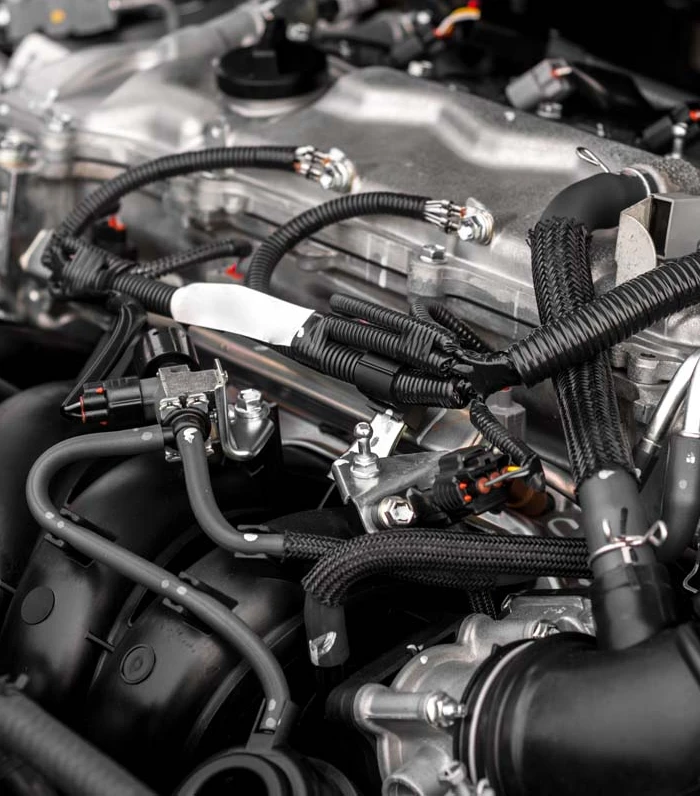 Silicone Hoses in Engine Cooling Systems
Silicone Hoses in Engine Cooling SystemsSilicone Hoses in Engine Cooling Systems
In modern automotive engineering, efficient thermal management is critical for optimal engine performance, reliability, and longevity. One essential component in the engine cooling system is the silicone hose, which has increasingly replaced traditional rubber hoses due to its superior durability, temperature resistance, and long service life. Silicone hoses are made from high-grade silicone rubber, often reinforced with layers of polyester, aramid, or fiberglass to enhance strength and pressure tolerance. These hoses are designed to transport coolant fluid—usually a mix of water and antifreeze—between various components of the engine cooling system, such as the radiator, water pump, thermostat housing, and engine block. One of the key advantages of silicone hoses in engine cooling systems is their exceptional temperature resistance. While traditional EPDM rubber hoses can typically withstand temperatures up to around 120°C (248°F), silicone hoses can handle continuous temperatures ranging from -60°C to +200°C (-76°F to +392°F), and even higher in some specialized applications. This makes them ideal for use in high-performance and turbocharged engines where thermal loads are extreme. Moreover, silicone hoses offer excellent resistance to aging, ozone, UV radiation, and environmental factors, which are common causes of hose degradation in the engine bay. Unlike rubber hoses, silicone does not become brittle, crack, or harden over time. This resistance significantly extends the service life of the cooling system and reduces maintenance intervals, making them a cost-effective solution in the long run. Another important benefit is flexibility and vibration absorption. Silicone hoses maintain their pliability across a wide temperature range, which helps accommodate engine movement and thermal expansion. This flexibility reduces stress on connections and fittings, minimizing the risk of leaks and failures. Silicone hoses are also aesthetically preferred, especially in aftermarket and custom automotive builds. Available in a variety of colors (such as blue, red, black, and yellow), they not only improve the engine bay’s appearance but also allow for quick identification and easier inspection of the cooling lines. Despite their higher upfront cost compared to rubber hoses, silicone hoses are considered a premium upgrade for both factory and aftermarket applications. They are widely used in sports cars, racing vehicles, commercial trucks, heavy-duty equipment, and increasingly in OEM manufacturing for high-performance engines. However, it’s important to note that while silicone hoses excel in temperature and environmental resistance, they may not be suitable for transporting oil or fuel unless specially formulated, as standard silicone can degrade upon contact with hydrocarbons. In conclusion, silicone hoses have become an indispensable part of modern engine cooling systems. Their reliability under extreme conditions, resistance to aging, and long-term performance make them an excellent investment for any vehicle owner or automotive engineer looking to enhance cooling efficiency and system durability. -
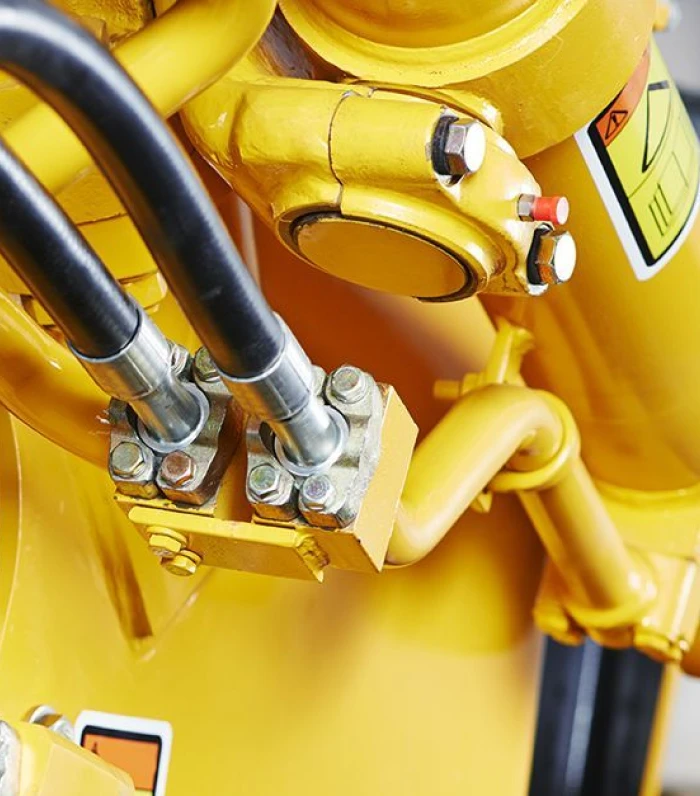 Hydraulic Hoses In Oilfield Equipment
Hydraulic Hoses In Oilfield EquipmentHydraulic Hoses In Oilfield Equipment
In the oil and gas industry, hydraulic systems are vital for powering heavy-duty equipment used in drilling, extraction, processing, and transportation. Among the core components of these systems are hydraulic hoses, which serve as flexible conduits for transmitting high-pressure hydraulic fluids. These hoses are essential in oilfield operations, where reliability, strength, and resistance to extreme conditions are critical. Hydraulic hoses in oilfield equipment are used to transmit power between pumps, valves, actuators, and other mechanical components. They enable fluid-based control systems that operate essential machinery such as drilling rigs, pumping units, snubbing equipment, wellhead control panels, coiled tubing units, and fracturing systems. Their flexibility allows movement and dynamic operation in environments where rigid pipes would fail due to vibration or shifting terrain. One of the key roles of hydraulic hoses is in drilling and well servicing equipment. On drilling rigs, hoses are used to power the hoisting system, rotary equipment, and mud pumps. During well servicing operations—such as fracturing, cementing, and wireline work—hydraulic hoses ensure precise control of pressure and movement. These hoses must withstand high pressures (often exceeding 5,000 PSI), exposure to abrasive materials, and temperature extremes. Hydraulic hoses are also essential in hydraulic fracturing (fracking). In these high-pressure environments, fluid is pumped underground at extreme pressure to break rock formations and release trapped hydrocarbons. Hoses used in fracking equipment must resist high temperatures, chemical additives, and constant flexing. Specialized abrasion- and chemical-resistant hoses are often required to handle the aggressive fluids involved. Another critical application is in blowout preventer (BOP) control units, where hydraulic hoses carry pressurized fluid to open or close safety valves during drilling emergencies. Since the reliability of this system is directly tied to the safety of the rig and crew, hoses used in this application must meet stringent standards, such as API 16D, which ensures flame resistance and performance under extreme conditions. In production equipment, such as pumpjacks and separators, hydraulic hoses are used to control flow, movement, and safety systems. Even in mobile equipment such as hydraulic power units (HPUs), cranes, and service trucks, hydraulic hoses provide the flexibility and pressure resistance necessary for field operations. Oilfield environments present harsh working conditions, including extreme temperatures, abrasive surfaces, corrosive chemicals, and constant mechanical stress. Hydraulic hoses must therefore be constructed with high-grade synthetic rubber or thermoplastic inner tubes, reinforced with steel wire braiding or spiral layers, and protected by outer coverings that resist weather, oil, and abrasion. In summary, hydraulic hoses are indispensable in oilfield equipment due to their ability to withstand high pressures, extreme environments, and dynamic movement. Their performance directly impacts the safety, efficiency, and reliability of oilfield operations. As oil extraction continues in deeper, hotter, and more remote locations, the demand for advanced hydraulic hose technology will only increase—making them a foundational element in the future of energy production. -
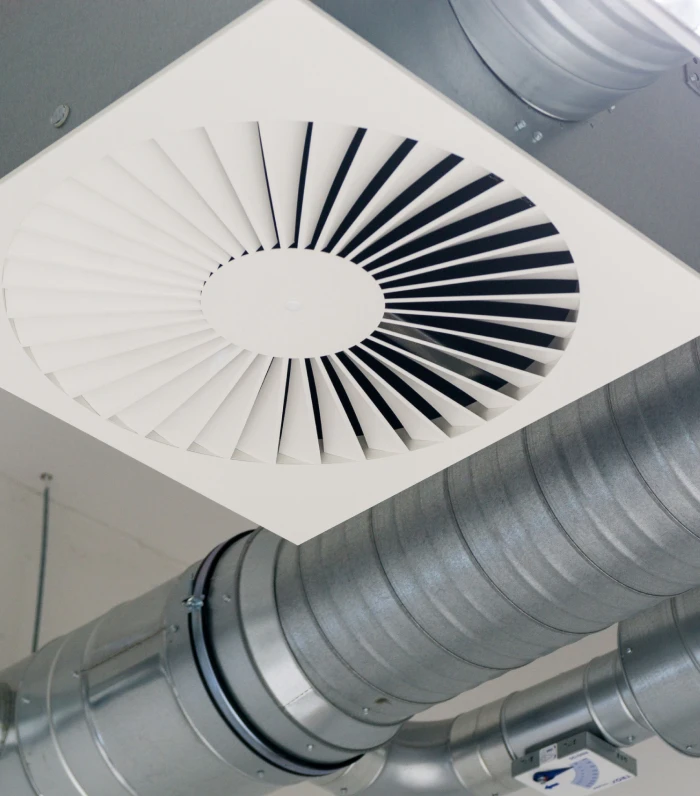 PU Hoses In Hot And Cold Air Transfer
PU Hoses In Hot And Cold Air TransferPU Hoses In Hot And Cold Air Transfer
Polyurethane (PU) hoses are widely recognized for their flexibility, durability, and resistance to abrasion, making them highly suitable for a variety of industrial applications. One key area where PU hoses are extensively used is in the transfer of hot and cold air. Whether in industrial machinery, ventilation systems, or environmental control units, PU hoses offer an efficient and reliable solution for air movement in challenging conditions. PU hoses used for air transfer are designed to handle a wide temperature range, typically from -40°C to +90°C (and even up to +125°C in specialized versions). This makes them ideal for transporting both heated and chilled air in systems such as HVAC (heating, ventilation, and air conditioning), plastic processing equipment, drying units, and exhaust systems. In hot air applications, PU hoses are used in processes such as plastic extrusion, thermoforming, and drying systems, where warm air needs to be delivered consistently and safely to production areas. These hoses can handle not only elevated temperatures but also pressurized airflow, maintaining their flexibility and structural integrity without deforming or cracking. Their high resistance to wear and tear allows them to function in environments where particulate matter like dust or plastic shavings may be present in the airstream. In cold air applications, PU hoses are often used for air cooling systems, spot coolers, and air conditioning ducting, especially in temporary or mobile setups. Their light weight and flexibility make installation and repositioning easy, which is essential in dynamic environments like construction sites, manufacturing floors, or portable air distribution systems. One of the key advantages of PU hoses is their transparency, which allows for visual inspection of the airflow and internal conditions, helping detect blockages, moisture buildup, or condensation. Additionally, many PU air hoses are reinforced with spiral steel wire or plastic helix for added crush resistance and flexibility, enabling them to withstand vacuum or positive pressure conditions without collapsing. Compared to traditional rubber or PVC air hoses, PU hoses offer superior flexibility at low temperatures, greater resistance to abrasion, and a longer service life, especially in dynamic or mobile applications. They also exhibit good resistance to oils, ozone, and most chemicals, making them suitable for a variety of industrial environments. Furthermore, PU hoses used in air transfer are often antistatic or flame-retardant in design, depending on the application needs—important features when transferring heated air or operating in sensitive environments like clean rooms or chemical processing areas. In conclusion, PU hoses are a highly efficient and reliable choice for transferring both hot and cold air in industrial and commercial settings. Their adaptability, durability, and thermal resistance make them indispensable components in systems where air temperature control and airflow management are critical to operational performance.
Z-Smartflex delivers superior-quality industrial hoses and fittings with global reliability, offering you durable solutions and exceptional service for all your fluid transfer needs.




